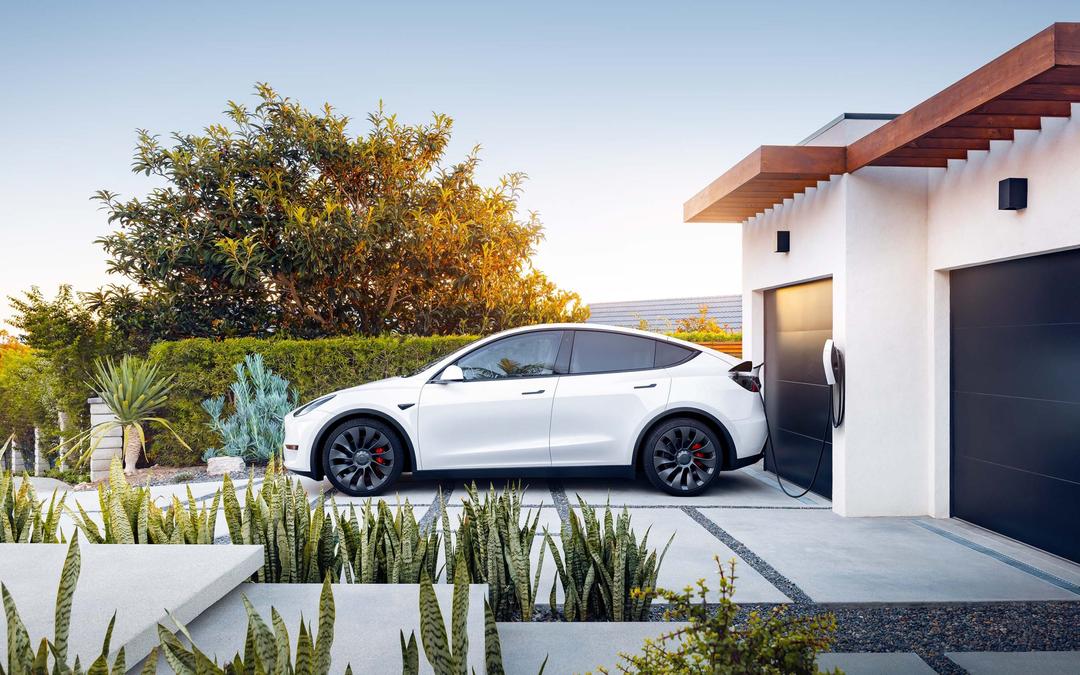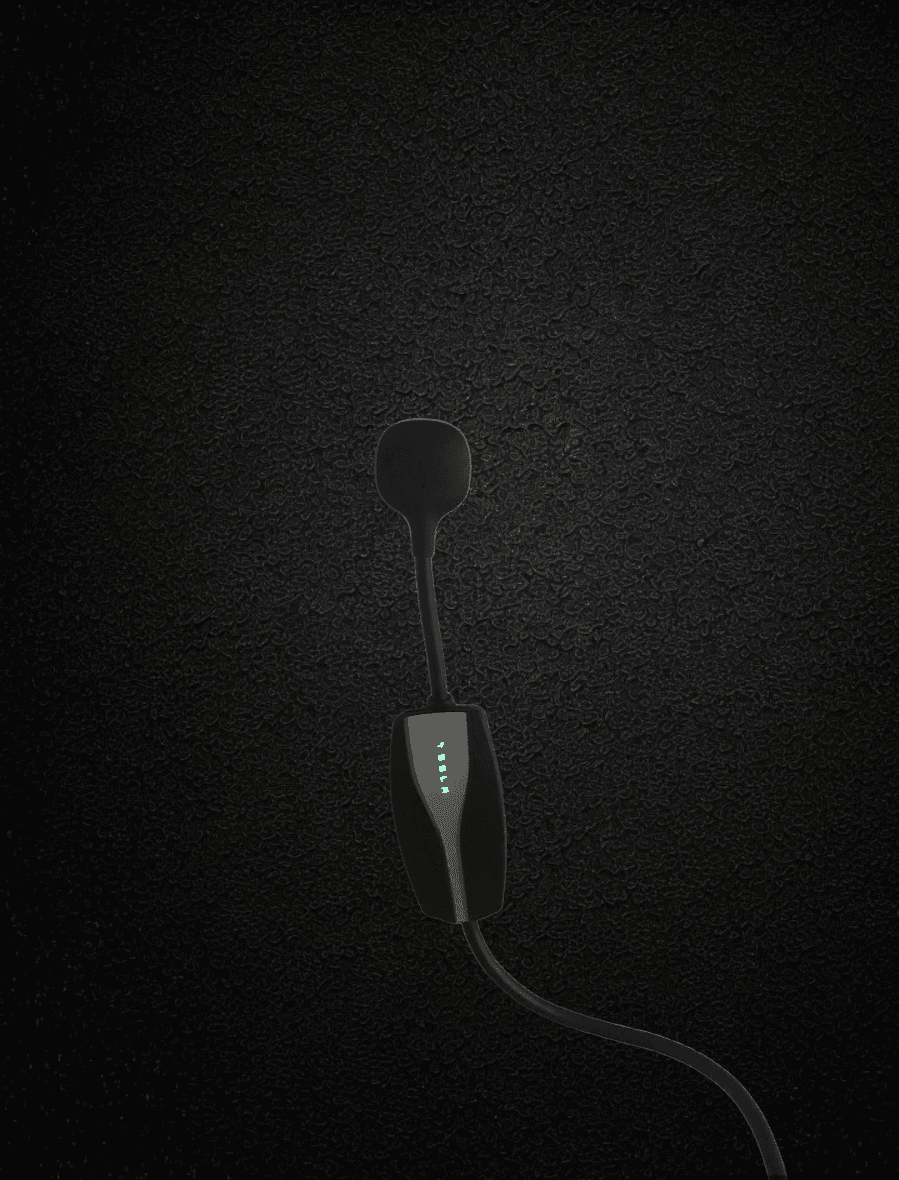The Ultimate Guide to Install a Tesla Home Charger
Get a Tesla Home Charger Installed as Easy as Six Steps
Decide on Charger Type
Tesla offers a Wall Connector for faster charging, but you can also use the Mobile Connector that comes with your car on a NEMA 240V outlet for level 2 charging
Check Electrical System
Ensure your home's electrical panel has enough capacity for the charger. You might need an electrician to upgrade it.
Plan Charger Location
Pick a convenient location in your garage or near a parking spot with easy access to the charging cable.
Prepare for DIY Installation
This involves gathering materials (wires, conduit, circuit breaker) and shutting off power to your electrical panel. Important safety note: If you're not comfortable working with electrical wiring, proceed to the next bullet point.
Hire a Licensed Electrician
A qualified electrician can safely install the charger, ensuring it meets electrical codes.
Set Up Charging
Download the Tesla app to manage charging and monitor your car's charging status.
Tesla Wall Connector vs. NEMA 240V Outlet
All you need to know to decide which type of charger to choose

Tesla Wall Connector
Pros
- Designed specifically for Tesla vehicles, ensuring optimal charging compatibility.
- Sleek design and easy-to-use interface.
- Can provide faster charging speeds compared to some NEMA outlets, especially when paired with high-amperage circuits.
- Can be integrated with Tesla's software for additional features like scheduling and monitoring.
- Weatherproof and durable construction for outdoor installation.

NEMA 240V Outlet
Pros
- Standardized outlets, widely compatible with various electric vehicle brands.
- Lower upfront cost compared to dedicated Tesla Wall Connector.
- Can be installed by homeowners with basic electrical knowledge, reducing installation costs.